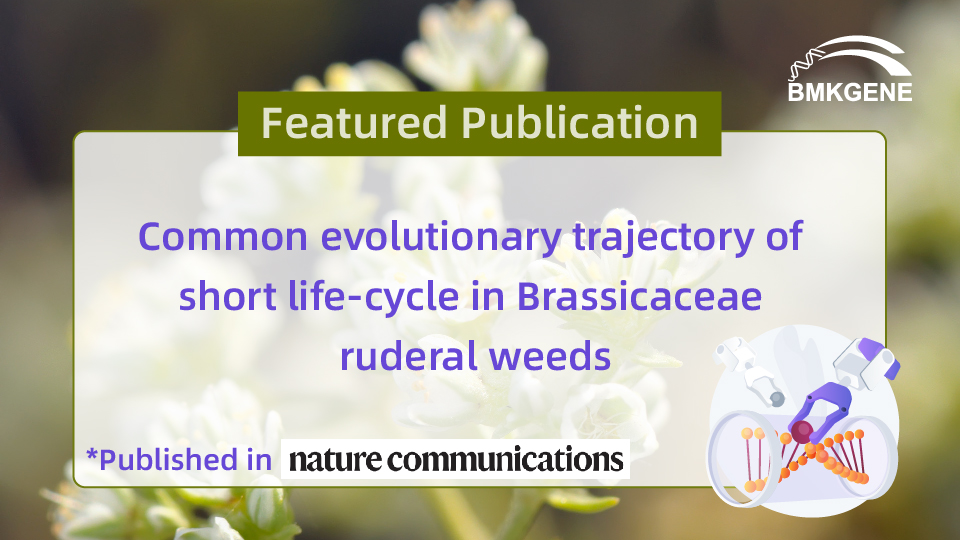Conjoint analysis of genome assembly, population evolution, genetics, and molecular biology is a preferred way to tell a complete biological story of the research object. Last month, Professor Jiawei Wang and his team published their research on Nature Communications named “Common evolutionary trajectory of short life-cycle in Brassicaceae ruderal weeds”, which may inspire you.
In this study, the genome of Cardamine occulta was de novo assembled and annotated, also 87 C. occulta samples collected from the origin were re-sequenced. The evolutionary analysis found that one evolutionary branch was the most widely distributed, able to adapt to frequent disturbances of human activities and spread with human activities. This branch was significantly genetically differentiated from related branches in the flowering regulation pathway, unable to respond to the vernalization pathway or photoperiod pathway. Through BSA analysis of genetic populations and functional verification of transgenic plants, FLC and CRY2 were identified and confirmed to be the genetic basis of C. occulta to respond to vernalization and photoperiod pathways.
Learn more about this paper at https://www.nature.com/articles/s41467-023-35966-7
BMKGENE has accumulated experience in providing de novo genome assembly and whole genome resequencing services for this study. We are looking forward to supplying trusted sequencing services to help researchers achieve their goals.
Post time: May-08-2023


